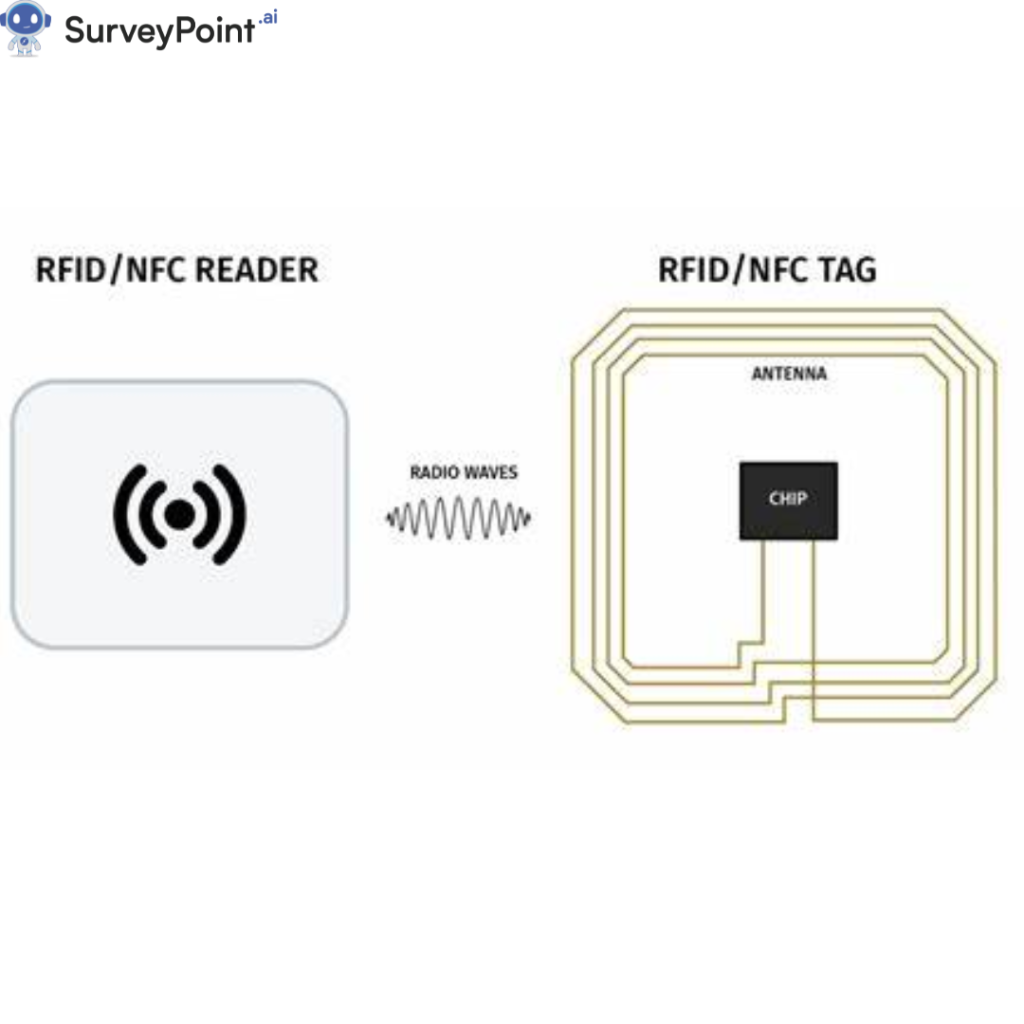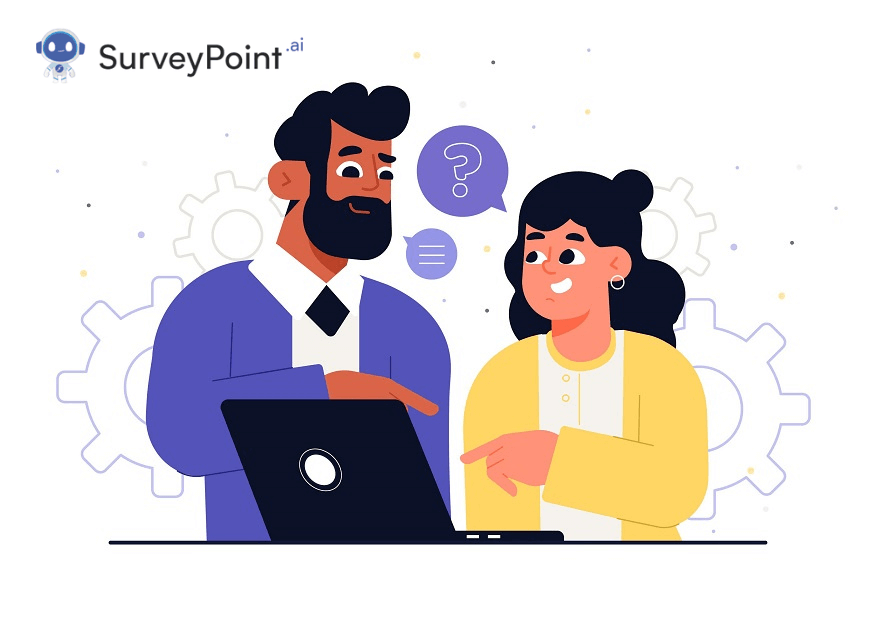
The key to building a successful firm is when you select and train the correct employees. The employee orientation process must be thorough and contain information about expected performance, working conditions and other crucial issues. You can handle this important component of your company more effectively if you understand the stages of orientation process and implement it correctly in your business.
Employee orientation is one of the most crucial components of the initial training. Orientation is the process of teaching new employees or current workers about changes in the way things are done in the workplace.
Key Stages of Orientation Process
It is important for companies to train their employees from the very start. This helps in better connectivity with your teammates and an increased level of comfort. An orientation program for new employees introduces them to the new workplace and the overall atmosphere.
All this is crucial to facilitate seamless adjustment and better productivity of the employee.
Below are the three core stages of the orientation phase of an employee that every company must emphasize:
- Pre-Orientation Stage
Pre-Orientation is delivered through the mail prior to the commencement date. However, this phase for new hires is sometimes skipped by firms, even though all levels of orientation are necessary.
You can begin generating interest and commitment before they even enter the room. The candidate is so enthusiastic about starting a new job that it is the perfect moment to learn more about the company at home.
A copy of the organizational chart and information on the organization’s vision and mission may also be included in this package. Some companies may even provide T-shirts along with essential policies.
- Job-Site Orientation Stage
Your objective during this orientation phase is to help new hires feel at ease in their new workplace. New hires are provided information about your company’s aims, objectives and overall culture. The organizational structure, strategic plan, client base, and future ambitions are also a part of the first section of this orientation stage.
The workplace tour takes place during the second phase of this orientation stage. It often includes equipment viewing, potential safety hazard identification, and introductions to some of the managers in each department.
The buddy system is helpful in this situation. It pairs up a new employee with an experienced or senior employee who will take a personal interest in their development and answer any queries. To help the buddy, make a “cheat sheet” of frequently asked questions.
The goal of this job-site orientation is to familiarize your new hires with the fundamental structure of the business. It also helps them comprehend the fundamental principles underpinning the workplace’s operations. It usually takes a day to finish this orientation.
ALSO READ: Employee Performance Appraisals: Strengths and Weaknesses
- Job-Specific Orientation

During the first several weeks, orientation focuses on specifics such as job responsibilities, budgets, equipment, software and safety. Alternatively, it can be broken up, presented in digestible chunks of knowledge, and closely associated with the probationary period.
The intention is to focus the orientation on the new hire’s duties. It also provides them with a solid understanding of the routine workday procedures to achieve optimal efficiency.
As a result, a thorough paper trail is created that can be used for future performance management. Frequent coaching and feedback sessions will be used during this period to make sure everything is moving in the proper direction.
It is up to both sides to decide how they will cooperate. The new employee gains the most from close communication with the immediate supervisor. This is done by fully comprehending the objectives, requirements, and responsibilities.
ALSO READ: 40+ Employee NPS Survey Questions: How to Improve Workplace Satisfaction
- Follow-Up Stages of Orientation Process
New employee orientation may be scheduled over the course of a few days, but it typically spans several months. Because it enables you to assess how well your new employee is adjusting to the work, the follow-up stage is crucial. Follow-up often takes place once each week.
It is fair to say that of all the orientation process stages, following up is the most crucial stage. This ensures to take the most vital feedback from the employee and ensures the long-term success of the organization.
Managers or supervisors meet with the new hire to go over any concerns or issues that have come up. Their managers should encourage new hires to ask inquiries and openly discuss any difficulties.
The follow-up orientation phase enables you to assess how successfully your employee is carrying out their given tasks. It also demonstrates how well your business has provided all the resources and assistance required for new hires to succeed. For people who wonder – “how long is orientation for a job,” this is often the end of the process.
ALSO READ: Employee Evaluation: A Step-by-Step Guide
Wrapping Up
The company’s procedures must be explained to new hires before they begin employment. This is where an orientation process comes into the picture and aids the employees. It helps people comprehend the business’s culture, standards, and expectations. When workers are aware of these facts, they are more likely to enjoy their jobs and perform better.
New hires benefit from orientation because starting a new job might be intimidating. Nonetheless, they feel less frightened and more confident after a good orientation. The business can explain its objectives and core values to new hires during orientation. Employees gain a better understanding of the company’s mission and a sense of belonging as a result.
Finally, by ensuring that everyone is aware of the rules, orientation helps to avert issues. It is now simpler to perform securely and effectively without generating costly errors for the firm.
Companies are changing how they train new hires for their positions. They are utilizing cutting-edge techniques, including online training, customized instruction, and games. These novel approaches promote more self-assurance and job satisfaction in new hires.
Also, businesses educate staff members on the need to treat everyone fairly. This is so that everyone at work can be treated equally because everyone is unique. When more businesses adopt this practice, more people believe it to be vital.




